
Return Jonathan Meigs, a colonel in the Continental Army during the American Revolutionary War, was one of the settlers of the Northwest Territory in what is now the state of Ohio. He later served the federal government as an Indian agent working with the Cherokee in southeastern Tennessee.
Nathan Whiting was a soldier and merchant in Colonial America.
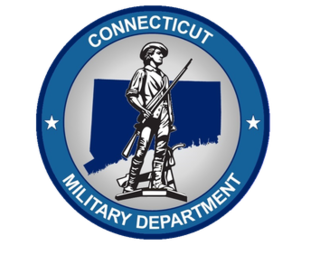
The Connecticut Military Department is a state agency of the government of Connecticut. Its primary components are the Connecticut Army National Guard, the Connecticut Air National Guard, and four companies of the state militia. The Military Department of the State of Connecticut traces its origins to May 11, 1637, when the "General Courts" established a military arm of the provincial government. In 1939, the State's Military Department was established to consolidate the offices of Adjutant General, Quartermaster General, Armory Board, and Armory Board Inspector.

The Vermont National Guard is composed of the Vermont Army National Guard and the Vermont Air National Guard. Together, they are collectively known as the Green Mountain Boys. Both units use the original Revolutionary War-era Flag of the Green Mountain Boys as their banner. In 2009, they had 2,600 members.
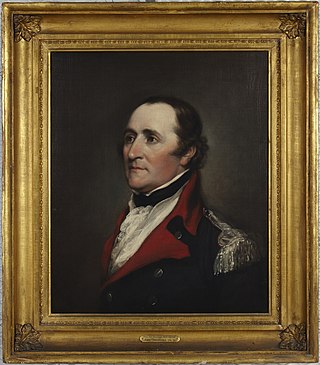
Ebenezer Huntington was an officer in the Continental Army during the American Revolutionary War, and afterwards United States Representative from Connecticut.

George Haven, born in New London, Connecticut, on March 27, 1844, was the thirtieth Adjutant General of the State of Connecticut. He was the son of Urbane and Sarah (Rogers) Haven. Both were members of old Connecticut families. Haven acquired his education early in public schools of New Haven. He loved books, but with the rumors of war he joined the National Guard at the age of 17. After being discharged on November 19, 1864, Haven returned home to New London and worked for the Wilson Manufacturing Company, with which he was connected for 18 years. He left the employ of the Wilson Company at around 1886, and the next year went to work for the Quinnipiac Company. In 1888 he was appointed Chief of police of New London. Haven served at the City of New London for six years as Alderman and Councilman.

Rollin Simmons Woodruff was an American politician and the 62nd governor of Connecticut.

The New England state of Connecticut played an important role in the American Civil War, providing arms, equipment, technology, funds, supplies, and soldiers for the Union Army and the Union Navy. Several Connecticut politicians played significant roles in the Federal government and helped shape its policies during the war and the Reconstruction.

Andrew Henry Embler was an officer in the Union Army during the American Civil War. He received the country's highest award for bravery during combat, the Medal of Honor, for his action during the Battle of Boydton Plank Road in Virginia on October 27, 1864. He would later serve as the Connecticut Adjutant General for two years.
Samuel L. Pitkin, born in Hartford, Connecticut on April 1, 1803, was the Adjutant General for the State of Connecticut from 1837 to 1839. He was a member of the Pitkin family of Hartford, who were very active in politics, the military, industry and banking in early Connecticut. His great-great-great grandfather, William Pitkin, emigrated to the new world from England in 1635 after receiving an inheritance. His grandson, also named William Pitkin would serve as governor of Connecticut Colony from 1766 to 1769.

George Pierce Shelton, born in Southbury, Connecticut, on September 7, 1820, was the Adjutant General for the State of Connecticut from 1848 to 1851. In addition to serving as the Adjutant General, he served in the Connecticut State Legislature and as the Town Clerk for the city of Seymour, Connecticut
Justin Hodge, born in Roxbury, Massachusetts on April 21, 1815, was a Connecticut politician who served in the state legislature for many years. He represented his hometown of Barkhamstead as a loyal member of the Democratic Party. He served in the U.S. Army during the Civil War as well as the Mexican War before that. He briefly served as the Adjutant General of Connecticut in 1855.
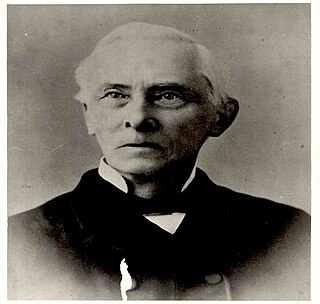
John C. Hollister, born in Manchester, Vermont on June 2, 1818, was the tenth Adjutant General of the State of Connecticut. From 1850 to 1865 he was Justice of the Peace and as such Acting Judge of the City Court of New Haven, and served as clerk of the state senate in 1848. He was a superintendent of the Sunday School of St. Paul's Episcopal Church in New Haven, as well as treasurer of the parish.
Joseph D. Williams, born in Lebanon, Connecticut in 1818, was an American general. He was the twelfth Adjutant General of the State of Connecticut. He was elected to the Connecticut State Legislature, and was appointed Adjutant General and Paymaster General in 1855. He was a member of the Connecticut Historical Society, Good Templars, and son of the American Revolution, and he was a Republican.
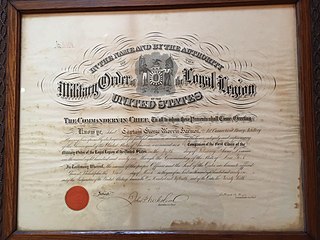
George M. Harmon, born in Brookfield, Massachusetts on December 2, 1837, was the twenty second Adjutant General of the State of Connecticut. After the war he resumed the manufacture of corsets under the firm name of Foy&Harmon. The firm grew to be one of the largest in putting out corset material having branches in New York and Boston. He afterwards had a commission business in Boston, which was one of the largest in the world in marketing materials for the making of corsets. In 1873 and 1874 Harmon was police commissioner in the city of New Haven. In 1880 he was chairman of the republic state committee. Harmon was a member of the Military Order of the Loyal Legion of the United States for New York and had membership in a number of organizations in that state.
Stephen R. Smith was born in Whitneyville, Connecticut, and was the twenty-fourth Adjutant General of the State of Connecticut. He was an active leader of the Republican Party; he served as an alderman and a councilman. He was also a Grand Marshal at the Grand Lodge of the State.
Frederick E. Camp, was born in Durham, Connecticut on July 1, 1832, was the twenty-fifth Adjutant General of the State of Connecticut. He was a treasurer of the soldier's hospital board. He also worked in the office of Boston and New York Air line Railroad Company at New Haven, Connecticut. Camp also became secretary and treasurer of the Middletown Gas Light Company, which he held until he died. Camp was a republican and a member of the state central committee from 1884 to 1888. In 1877 until 1881 he was a city clerk and treasurer of Middletown, Connecticut.

Edward Elias Bradley was the twenty eighth Adjutant General of the State of Connecticut. Bradley served as president of the Boston Buckboard and Carriage Company. He also headed the News Publishing Company. Bradley during 1901 to 1903 was the president of the New Haven Chamber of Commerce. He was commissioner of the public parks of New Haven from 1888 to 1901, and in 1910 became the president of the parks commission. Bradley was president of the Governor’s staff Association of Connecticut from 1903 to 1911. Bradley was president of the Defender Monument Association, which raised funds for the defenders monument to commemorate the successful defense of the West River. He was also the president of the Young’s Men Institute. In 1883, Bradley represented the town of Orange, Connecticut in the general assembly. Bradley was a Democrat and introduced and advocated the constitutional amendment for biennial sessions of the Legislature, which was accepted. He was the director of New Haven National Bank and was the director of Quinnipiac Fire Insurance.
Charles P. Graham, was born in Utica, New York, and was the twenty ninth Adjutant General of the State of Connecticut. Graham was one of the original dental commissioners of the state being first appointed in 1893. In 1896 he served as president of the State Dental Society. Graham was a prominent member of the Universalist Church. He practiced dentistry for 36 years.
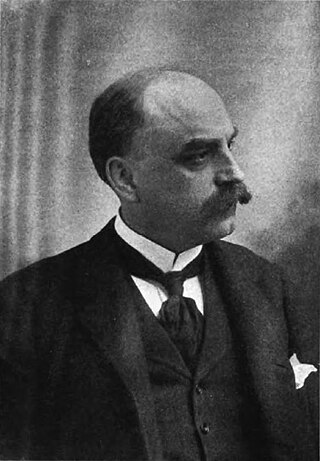
Louis Nelson Van Keuren, born in Wurtsborough, New York on April 17, 1850, was the thirty-first Adjutant General of the State of Connecticut. Van Keuren worked as a clerk in a book store in Bridgeport, Connecticut. Before Van Keuren was 20 years old he became a Cashier and Head Accountant in Pacific Iron Works, Bridgeport. He was also a secretary and treasurer for seven years for Bridgeport Gas Light Company. Keuren for ten years was a general manager of the banking house of T.L. Watson & Co of Bridgeport. Van Keuren was president of the board of Appointment and Taxation of Bridgeport. In 1899 he was offered the position of secretary and treasurer by The Colonial Trust Company.












